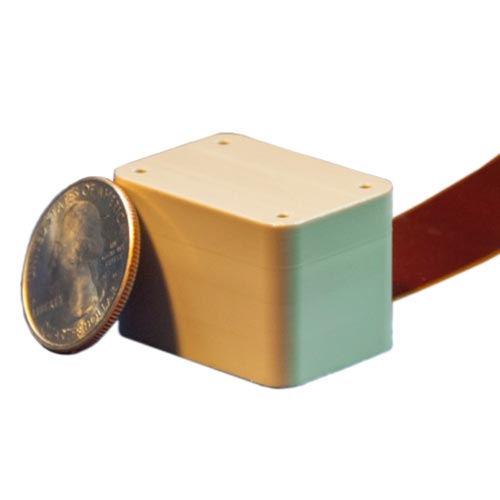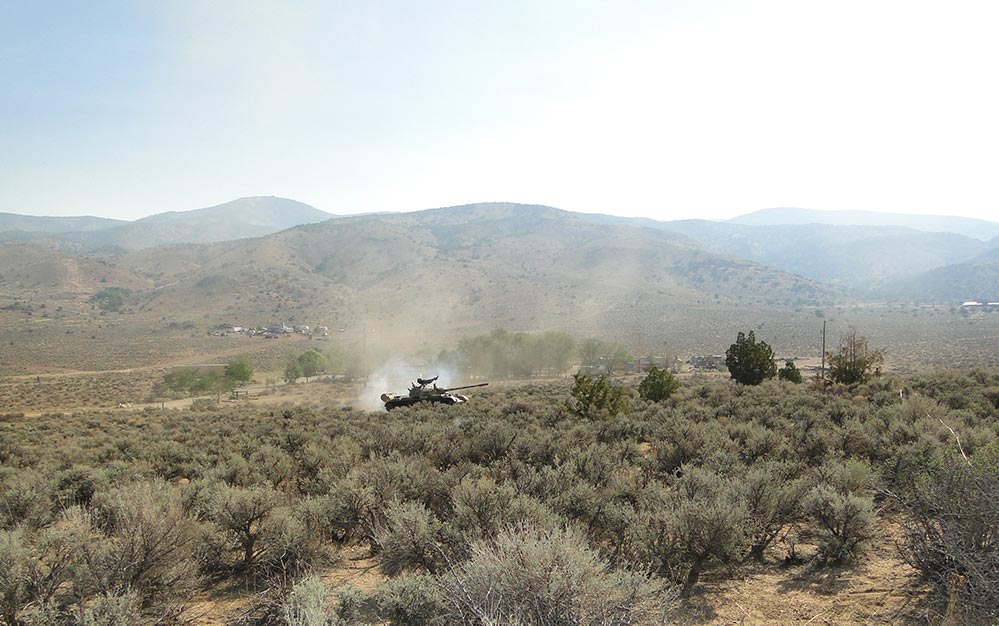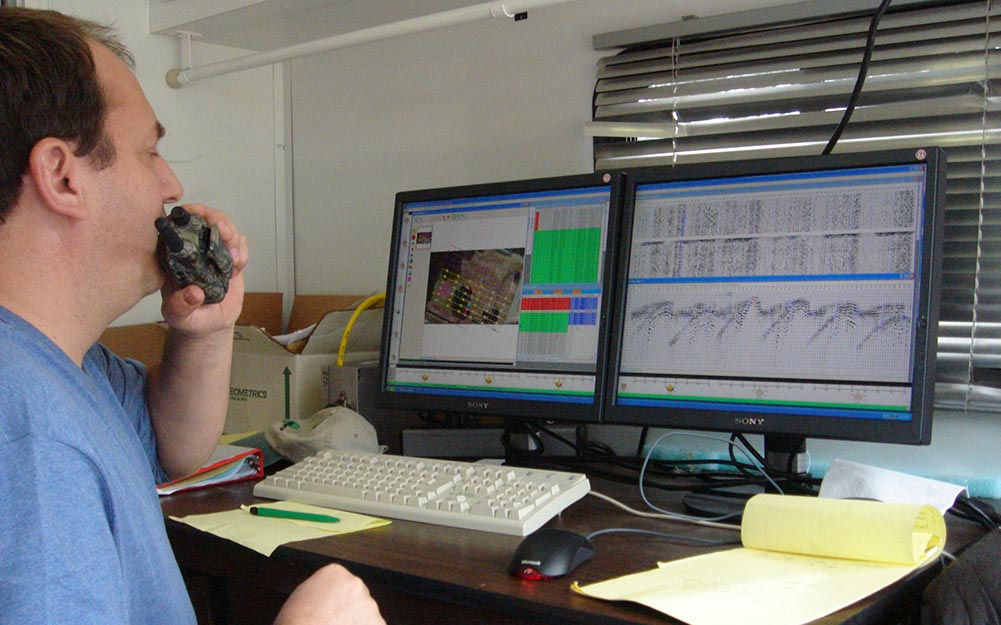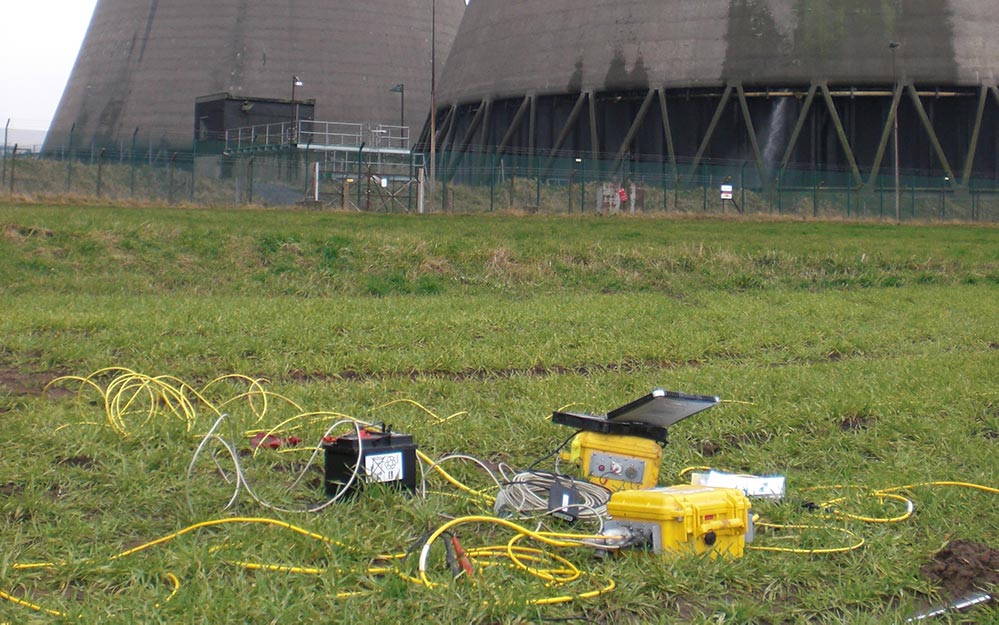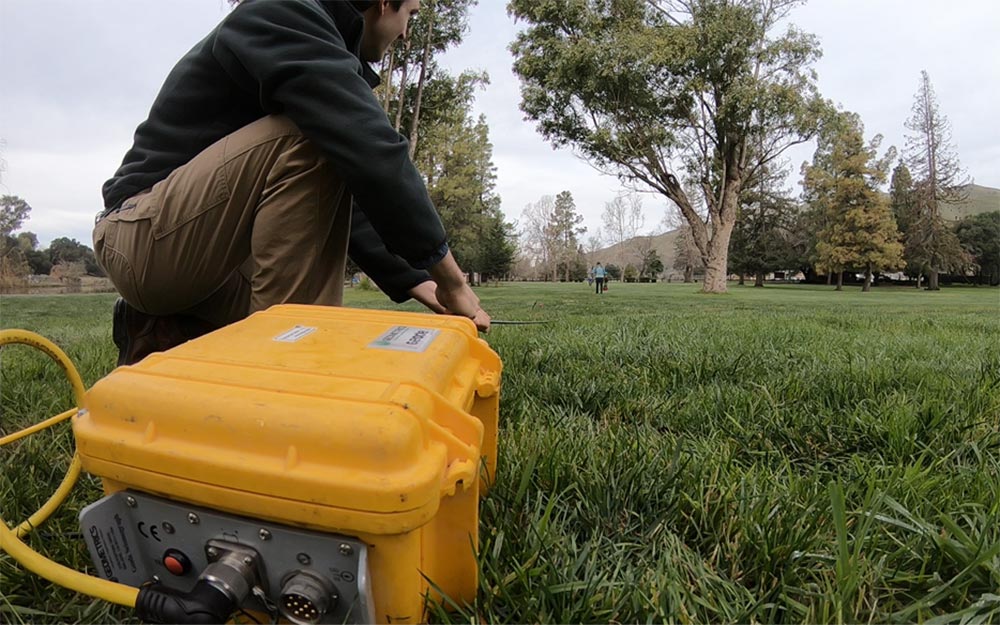Increasingly, security and detection systems are incorporating geophysical components in order to detect possible intrusions. Continuous seismic monitoring can be used to detect far-ranging above or below ground activity in seismic "quiet" areas. And larger, global seismic networks can be used for seismic risk prevention, earthquake detection, and early warning systems.
Similarly, as our use of metals and electronics increases unabated, magnetic security networks will become an integral part of security networks. Magnetometers stationed around a facility in an outside perimeter are small, easily hidden, and give clear signals to a perimeter breach if magnetically breached, such as with a moving vehicle. In the increasingly metallic, digital world we live in, it's important that the security systems of the present and future monitor and record data produced from those objects and devices that present a threat.
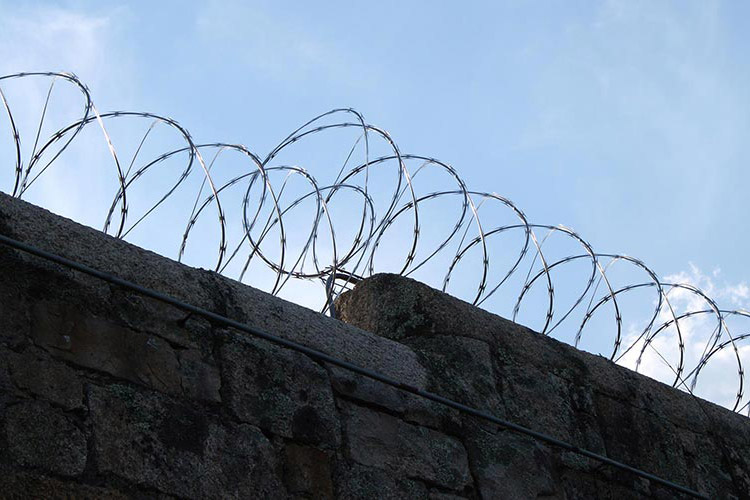
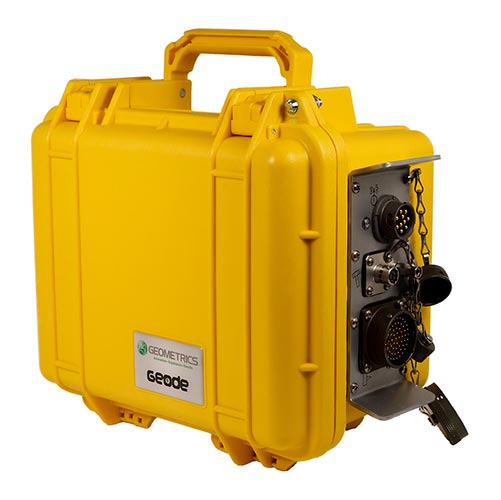
Geode Exploration Seismograph
Discover More